In 1870, 29-year-old Thomas Child packed his camera and traveled to Peking (now known as Beijing) for a five-year contract as a gas engineer with the Imperial Maritime Customs Service, leaving behind a wife and three children in England. Before 1861, the city was almost entirely closed to foreigners, and by the time Child arrived, there were still only around 100 foreigners living there. The city was rarely photographed.
Over the course of two decades in the Chinese capital, Child managed an incredible feat, taking nearly 200 photographs—the earliest comprehensive survey of Peking and its surroundings—in his free time. The photos show shops and crowds, important architectural features, trade and commerce, and marriage and funeral rituals. Images from the Stephan Loewentheil Historical Collection of China Photography, which includes the finest collection of Child’s Peking photographs, are on display in the exhibit “Qing Dynasty Peking: Thomas Child’s Photographs” at London’s China Exchange from Nov. 10–15.
“Clearly Child was an explorer, and it is obvious he wanted to share his understanding of Chinese culture,” Stacey Lambrow, the show’s curator, said via email.
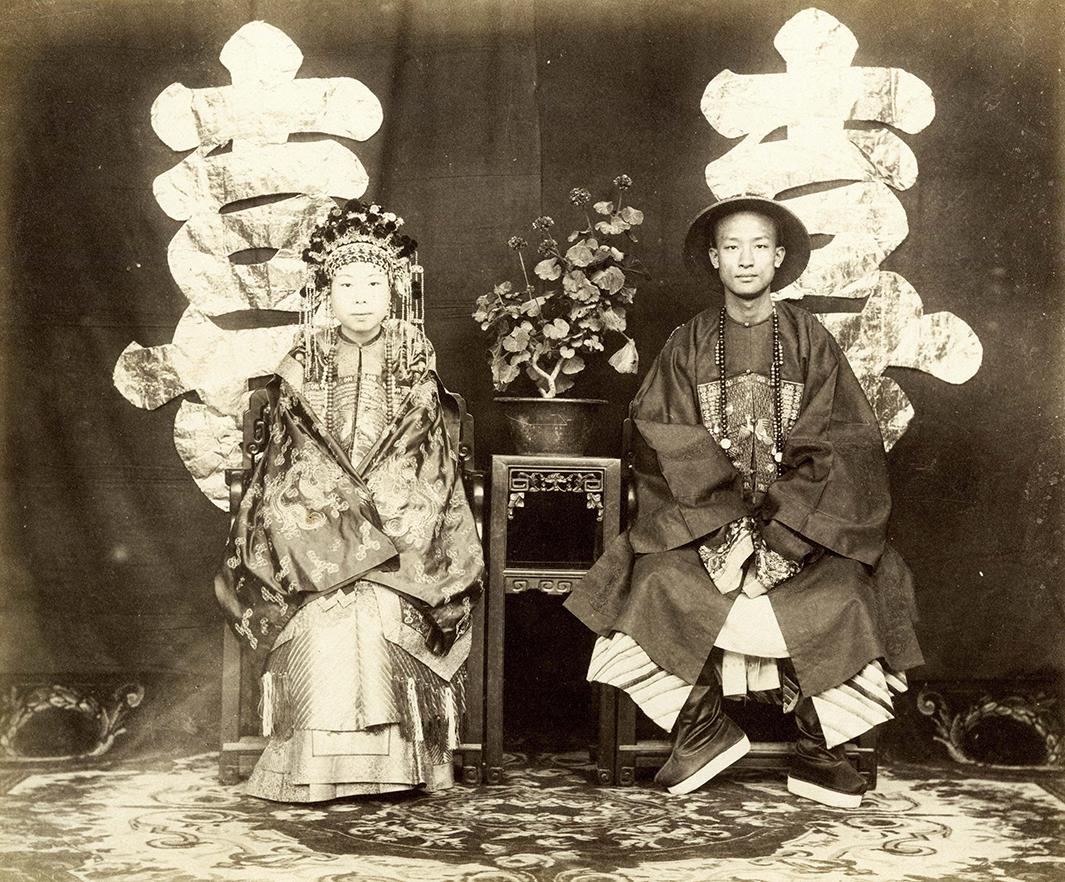
Stephan Loewentheil Historical Photography of China Collection
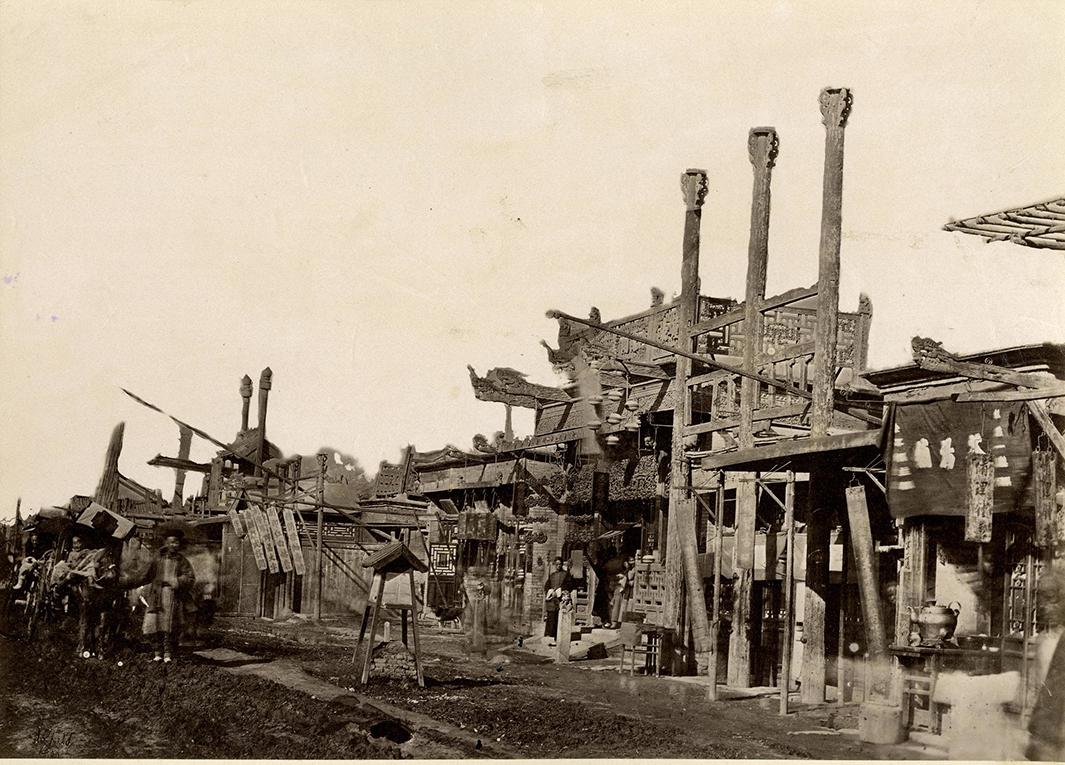
Stephan Loewentheil Historical Photography of China Collection
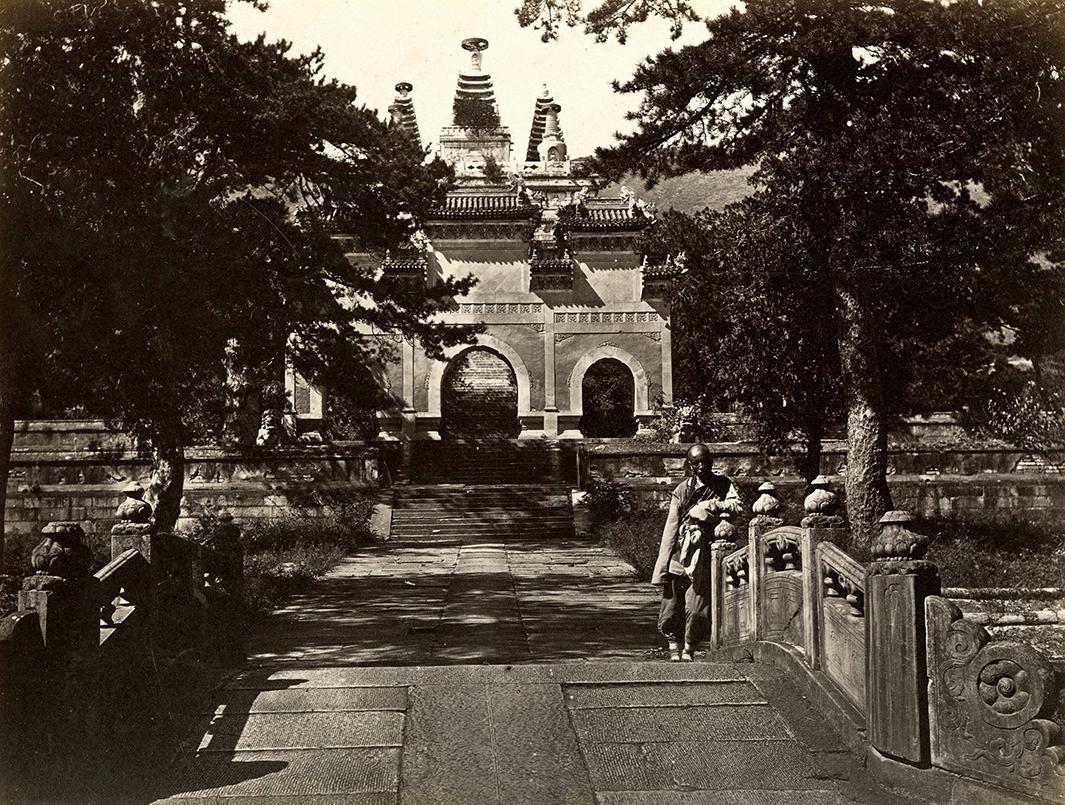
Stephan Loewentheil Historical Photography of China Collection

Stephan Loewentheil Historical Photography of China Collection
Child was unique among early foreign photographers of the city, Lambrow said. He learned to speak Chinese, he spent time with Chinese people, and he shared his knowledge of photography with Chinese residents in the city.
“Unlike photographers that passed through Peking, Child was a resident, and his intimate understanding of the city comes across in his work. Much of the photography you see by early roving photographers is repetitive in that they captured similar views of the city’s most notable architecture and a larger visual context is missing. [Italian-British photographer] Felice Beato took a very important series of photographs of Peking, but his images document imperialism rather than life and culture in China,” Lambrow said.
It’s not clear how Child learned to photograph, but it’s known that he took photographs before arriving in China. In Peking, he used the collodion process to produce albumen silver prints and sold them by word of mouth from his studio. He also sold them commercially through Far East magazine.
Child left China when Peking was on the brink of the Boxer War. Much of what Child photographed was altered by that war, making his photos a unique and valuable record of the ancient city.
“Beijing is an ever-evolving city. It is important to know the city’s history.”
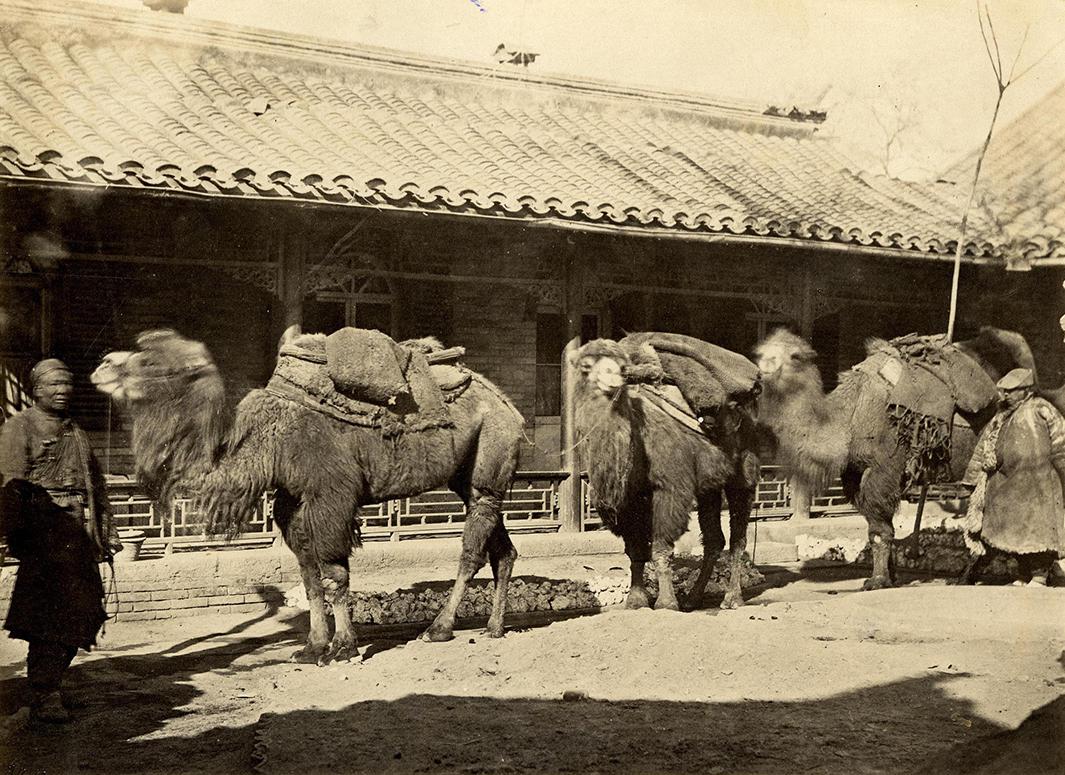
Stephan Loewentheil Historical Photography of China Collection
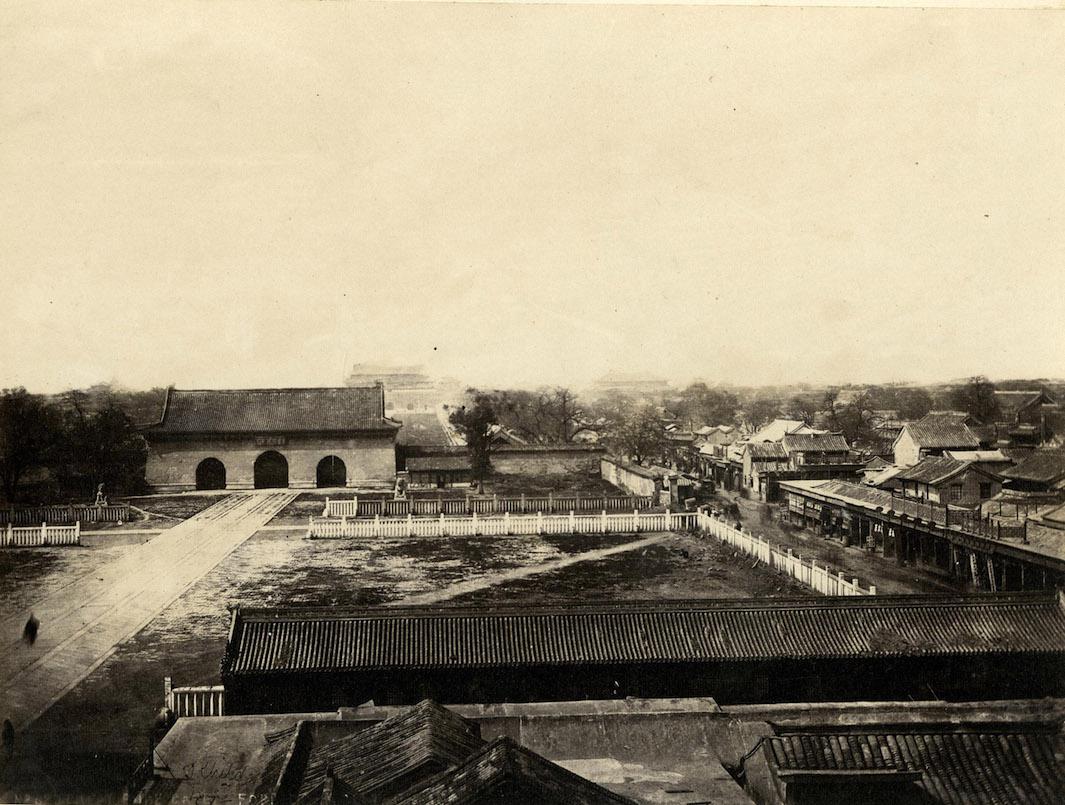
Stephan Loewentheil Historical Photography of China Collection

Stephan Loewentheil Historical Photography of China Collection
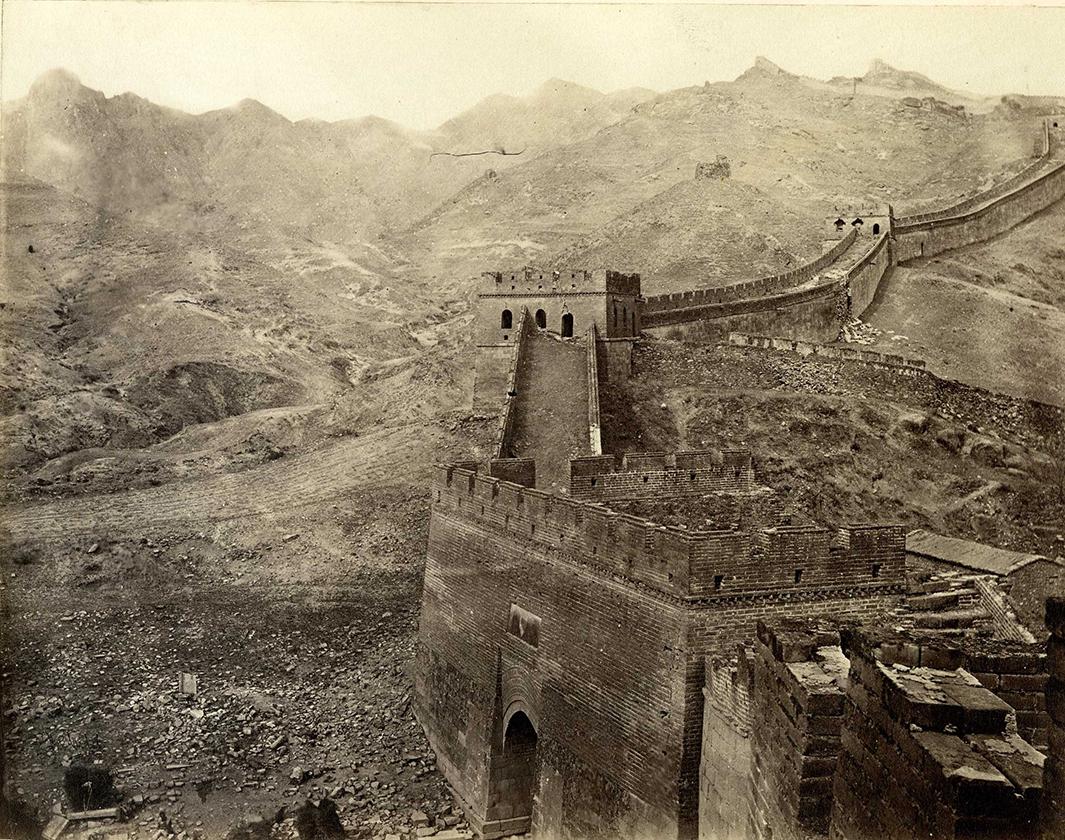
Stephan Loewentheil Historical Photography of China Collection
